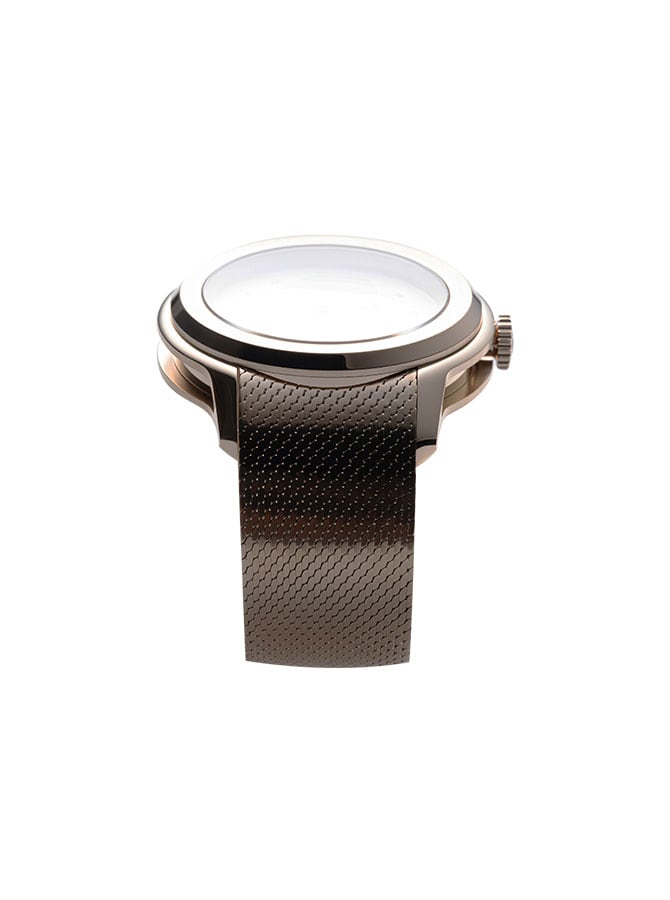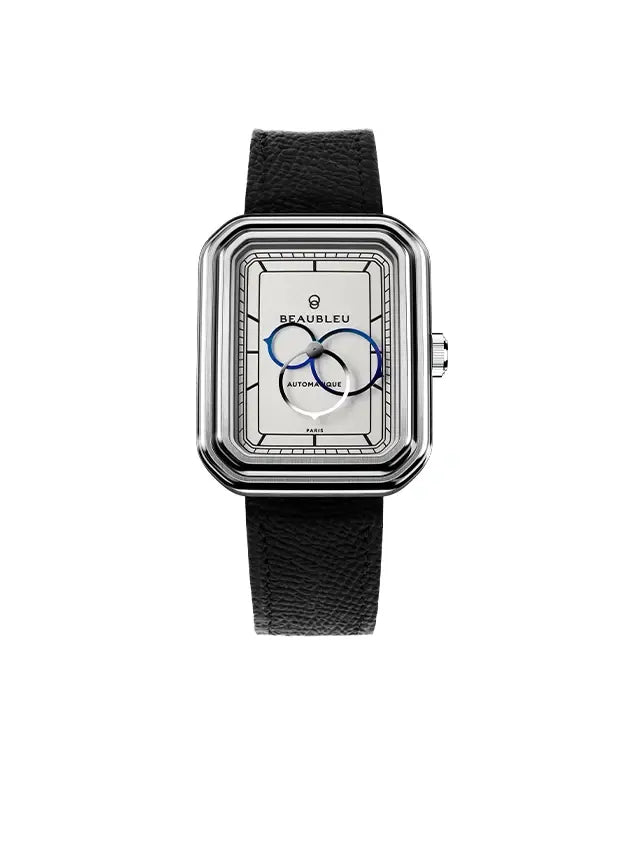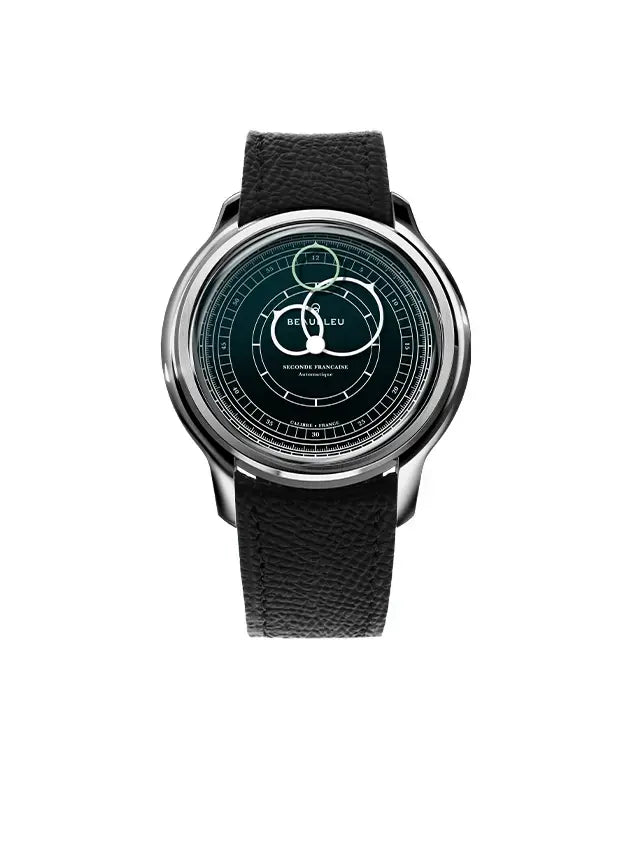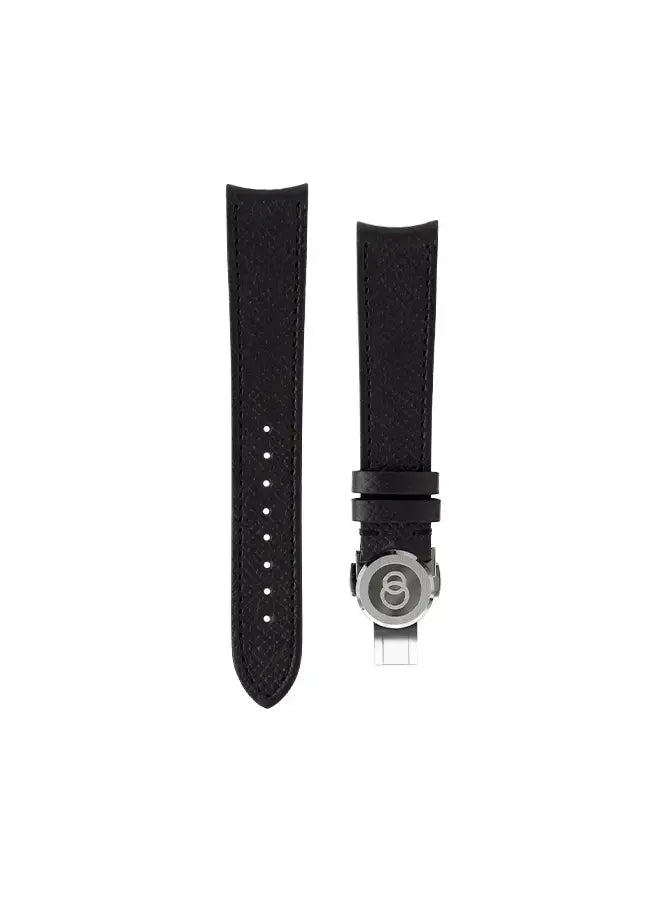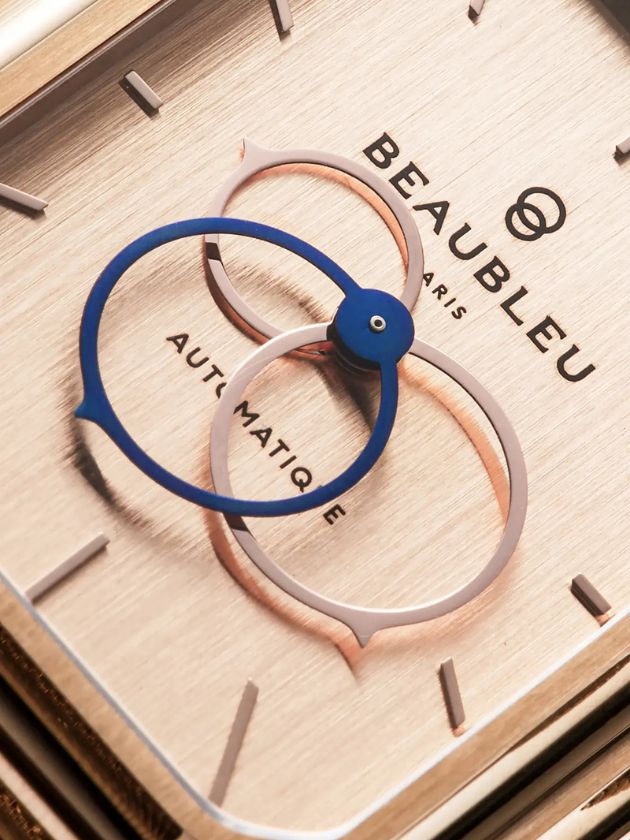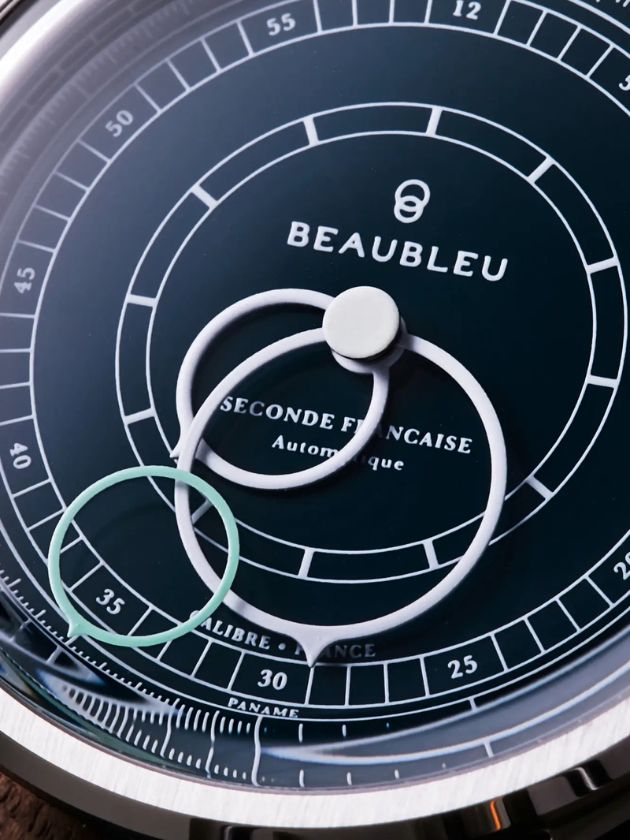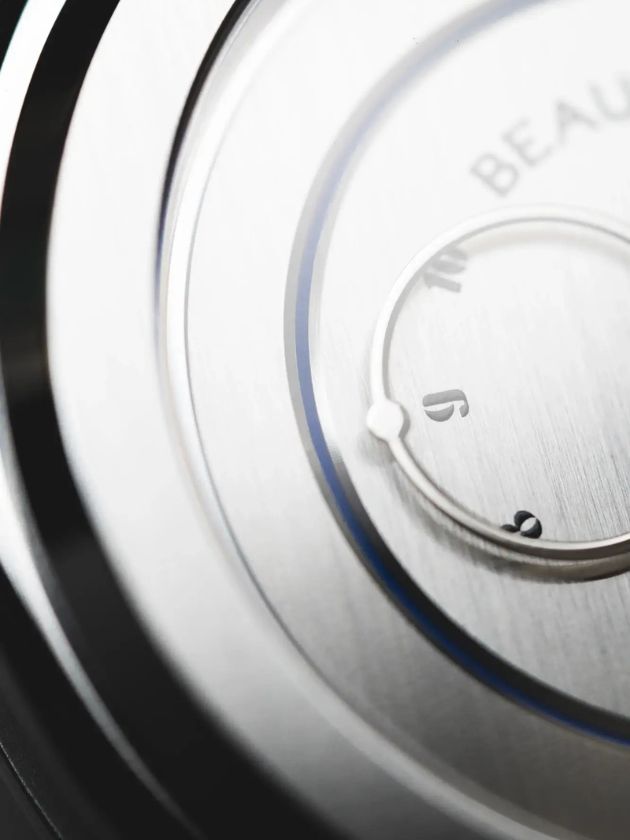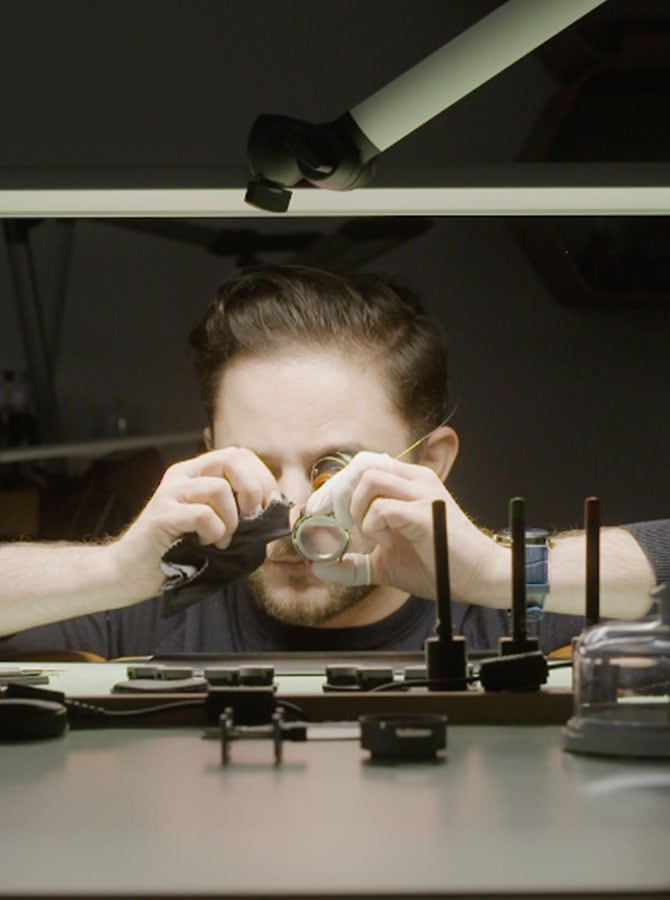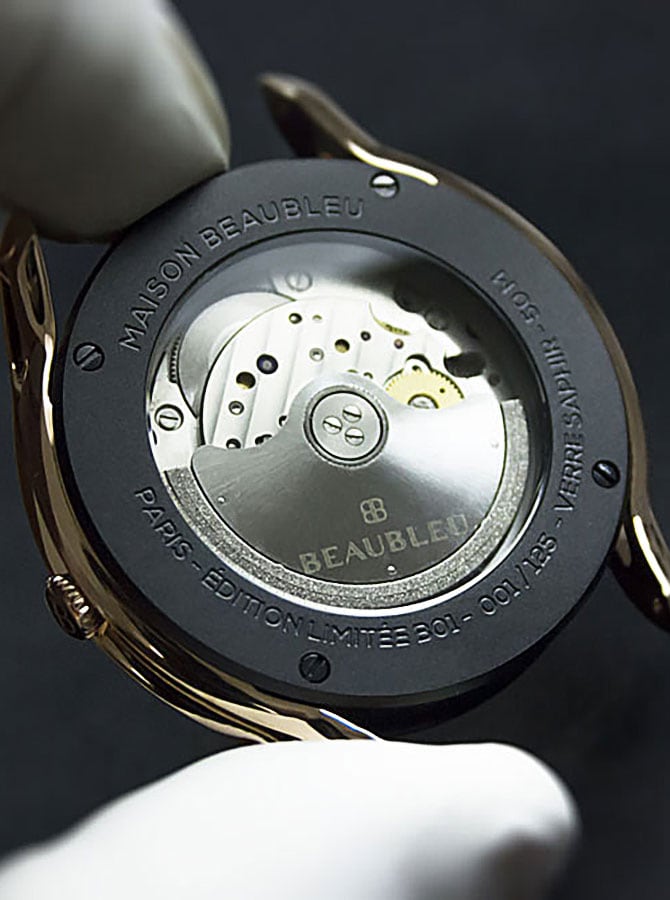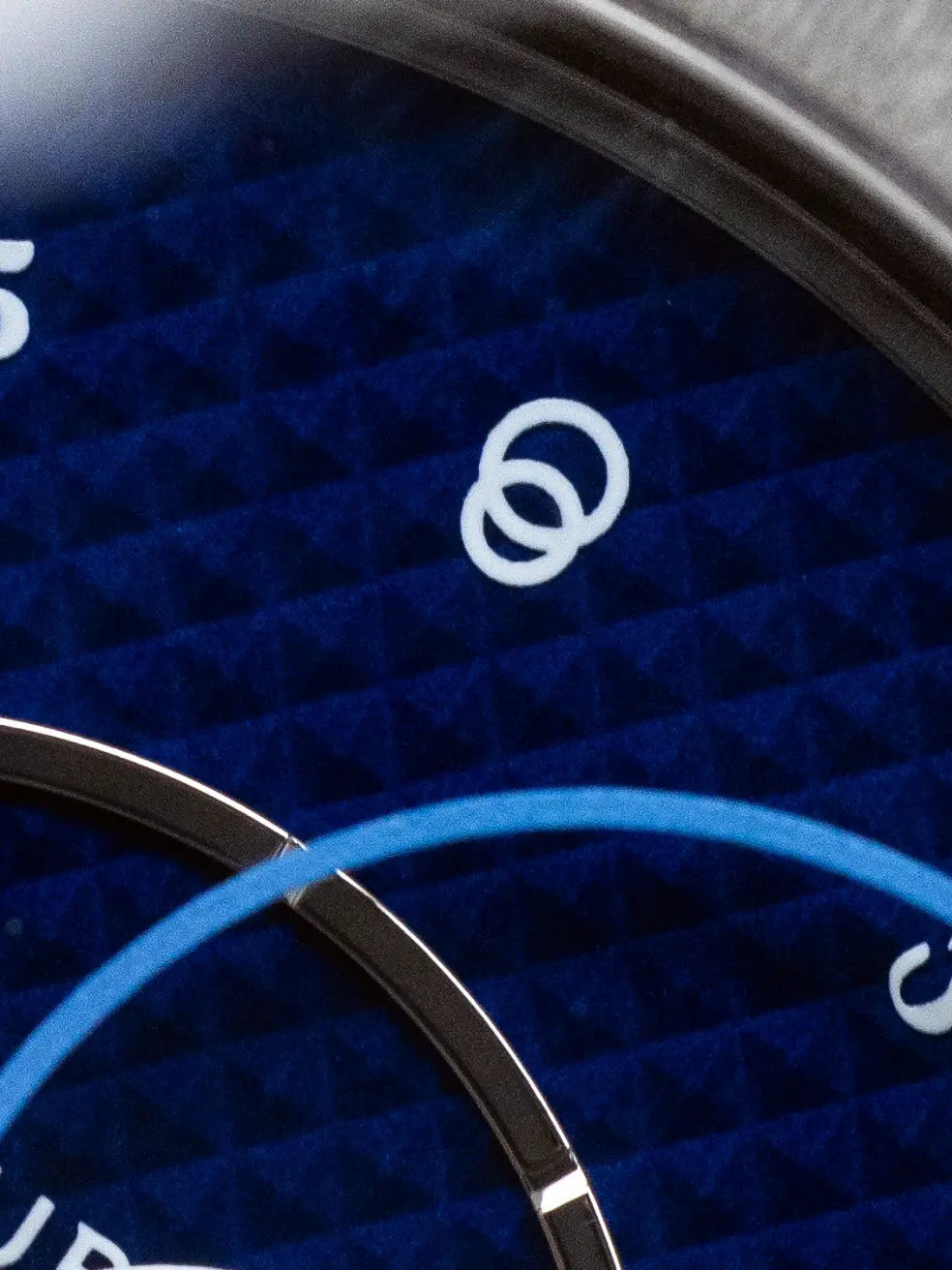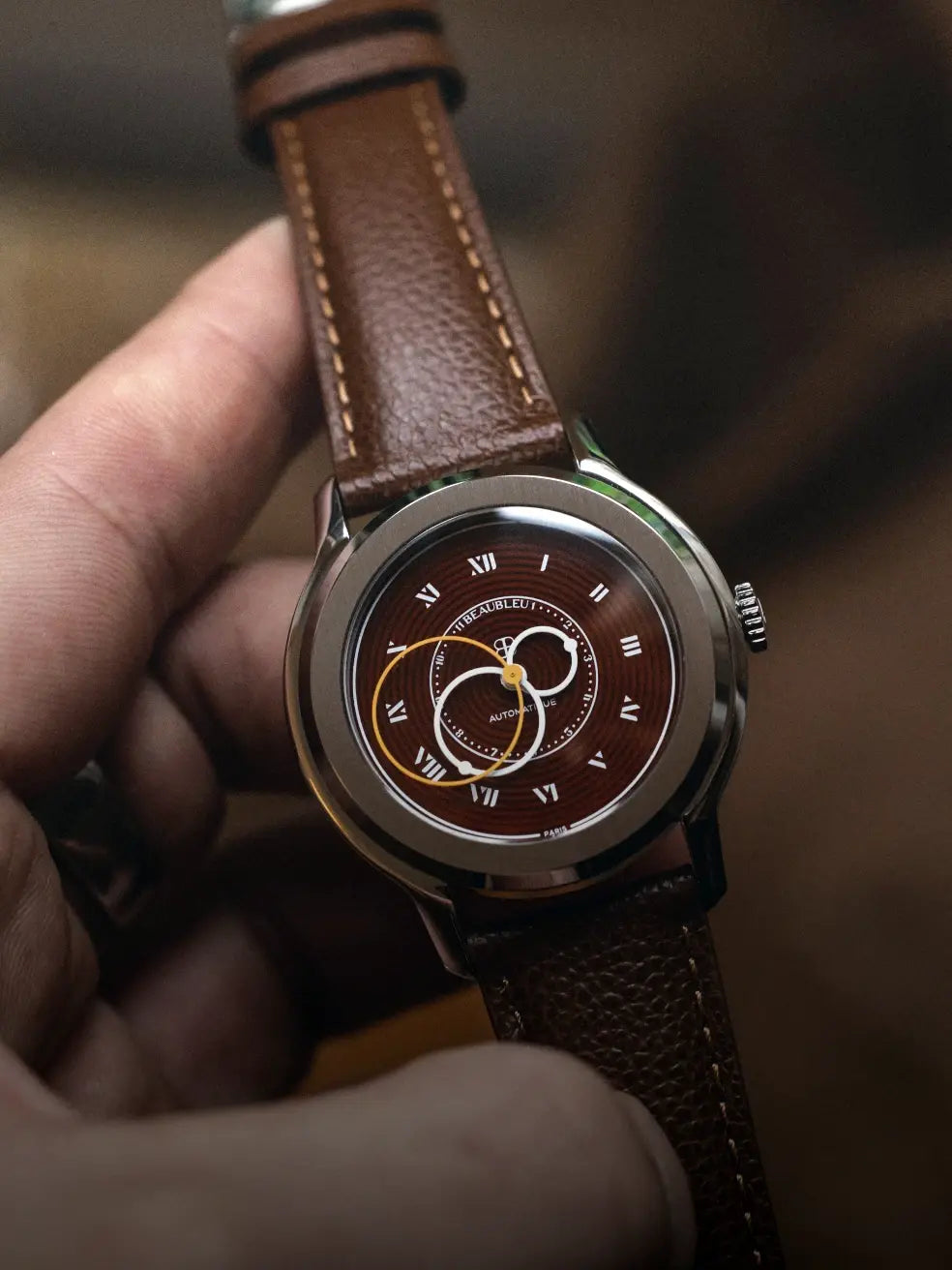
The history of the watch: from clock to jewelry
The watch as we know it today is the result of numerous evolutions over time. Today the watch you wear has a useful function but it also serves as jewelry, it is a mark of distinction. So how did we achieve such improvement?
Sundials
It all began in the year -1450 with the appearance of sundials. Indeed, as soon as we observed the cycle of day and night, Man in all civilizations wanted to measure time. This is how the first sundials appeared in Egypt, thanks to the cycle of the sun and an instrument placed on a flat 360° surface, divided into 24 parts (the hours of the day). This revolution now makes it possible to have temporal benchmarks and conditions working hours, opening and closing times of mass.
Public clocks, ancestors of the watch
Have you ever seen the clock at Chartres Cathedral? It seems very strange with its 24 time markers. This is a fine example of a weight clock with cogs and regulators. This type of clock reached the tops of the towers of large cities from the 14th century. It was not until the 15th century that 12-hour dials replaced 24-hour dials.
The transition to pocket watches
From the 15th century, watchmaking entered its golden period. Mechanical clocks are starting to become miniaturized. However, before this stage, the balance of urban clocks is replaced by a manually wound spring. This spring makes it possible to make clocks mobile without stopping the movement. In fact, the weight or pendulum clock had to operate vertically.
Portable clocks began to be coveted by the wealthiest and quickly became miniaturized so they could be worn around the neck before flattening out to become pocket watches.
The wristwatch
It was in the 18th century that the first wristwatch appeared in Geneva. Too effeminate and less precise than pocket watches, it is primarily intended for women and struggles to establish itself in more masculine circles. It is in the army on the wrists of pilots and those of German naval officers that it evolved and finally became indispensable.
After the war, the wristwatch continued to improve with the creation of new complications (chronograph, moon phase, perpetual calendar, etc.) but also on the aesthetic side with the addition of encrusted precious stones.
